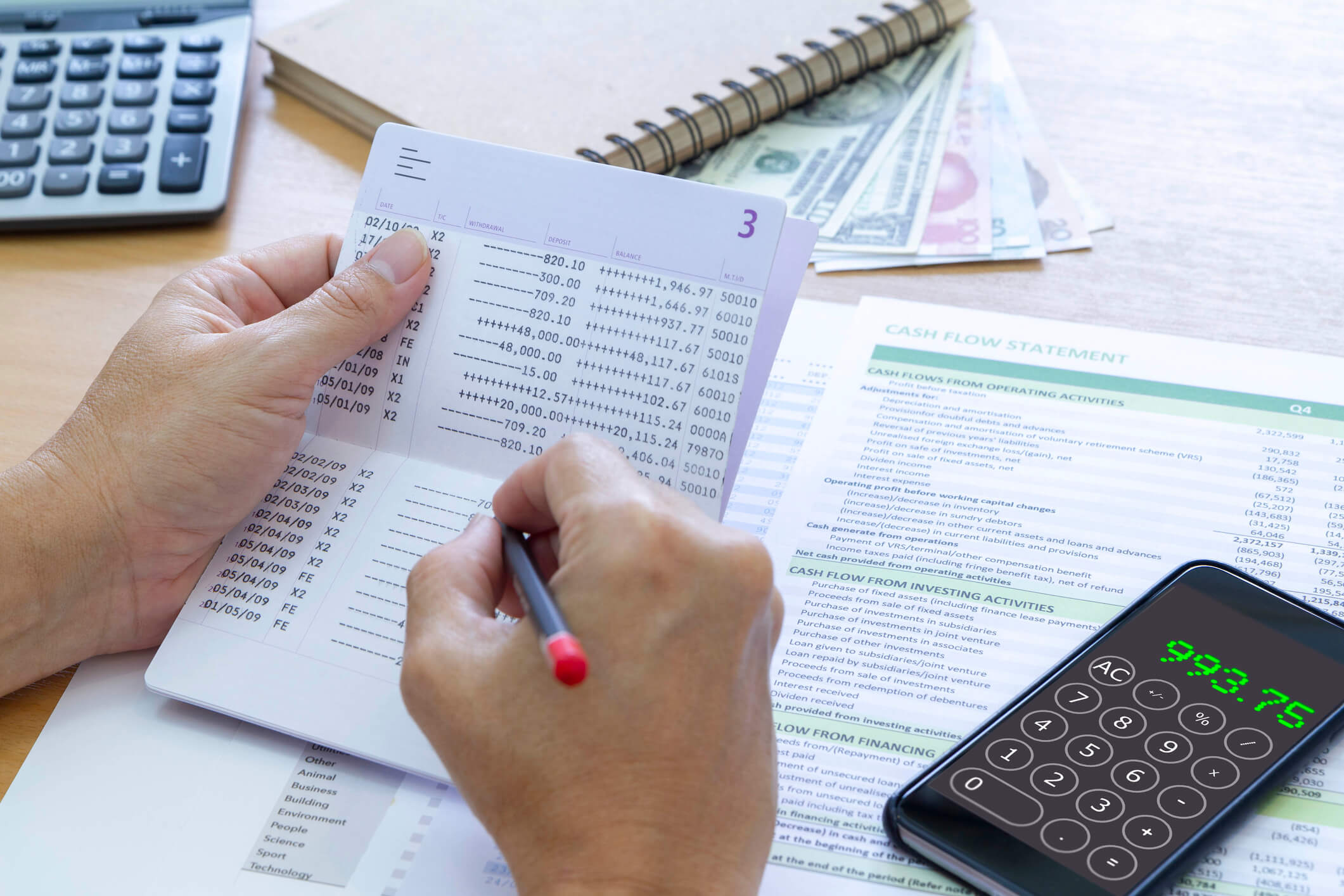Reconciling your bank account is crucial to remaining on track when it comes to improving accounts payable administration. If you don’t make sure the business and the bank are on the same page, small missteps might snowball into major issues.
So, let’s see how to prepare a bank reconciliation.
Making Changes to the Bank Statement Balance

Examine the Balance on Your Bank Statement
Get a hold of your bank statement as soon as possible. If you have online access to your account, you should be able to view your bank statement immediately at the end of the month. Take note of the month-end balance when you receive the statement. Your objective is to reconcile any discrepancies between your bank balance and your cash account data. This entails double-checking that each transaction shows in both your own records and on your bank statement.
Little Tips:
- Debits relate to withdrawals from the bank account, while credits refer to payments to the bank account. These meanings differ from how these terms are used in the accounting profession.
- A “reconciling item” is one that shows just once (on your bank statement or in your cash account). Your aim is to figure out why the two records don’t match and then fix them till they do.
- A bank reconciliation can be compared to a formula. (Cash account balance per your records) plus or minus (reconciling items) = (Bank statement balance). When this formula is balanced, your bank reconciliation is finished.
- Your cash account balance is also known as your book balance (or balance per book). The balance on the bank statement is the balance per bank. The distinction between these two balances is due to reconciling items.
Increase the Bank Balance to Account For Any Unpaid Deposits (Also Known as Deposits in Transit)
There may be a time lag between when you make a deposit at the bank and when the deposit is reflected as an increase to your bank account. The wait may be minor if you deposit monies at an ATM or a bank branch. The wait may be longer if you send a deposit.
Additional Tips:
- You immediately raise your cash account by the amount of the deposit. Due to the bank’s delay in posting the deposit, you have a reconciling item.
- To represent the correct amount of cash, the bank statement balance would need to be credited (or raised).
Short and simple example: Assume you have $5,000 in your bank account. On July 31st, you deposited $1,500. The $1,500 deposit is not reflected on your July bank statement. To reconcile the amount, add $1,500 to the bank statement balance, bringing the total to $6,500. The $1,500 is a balance-sheet item.
Reduce Your Bank Balance by the Amount of Any Outstanding Checks
A cleared check is one that has been recorded in the bank’s records. An outstanding check is one that has not been cleared by the bank. When checks are written on the final day or two of the month, this situation arises. Outstanding checks must be subtracted from the bank account balance.
Examine the Bank’s Processing Department for Any Problems
Your accounting is recorded to the general ledger when you reconcile a business cash account. A company should compare the general ledger activity of its cash accounts to that of its bank statements. You could come upon a transaction that you are unable to adequately describe. Contact your bank if you have any questions regarding a business or personal financial transaction.
Transposing, or reversing the digits on a deposit amount or cheque, is one possible mistake. Contact your bank and request that an adjustment is made to remove the reconciling item.
To learn how to adjust the general ledger balance, follow us on part 2!